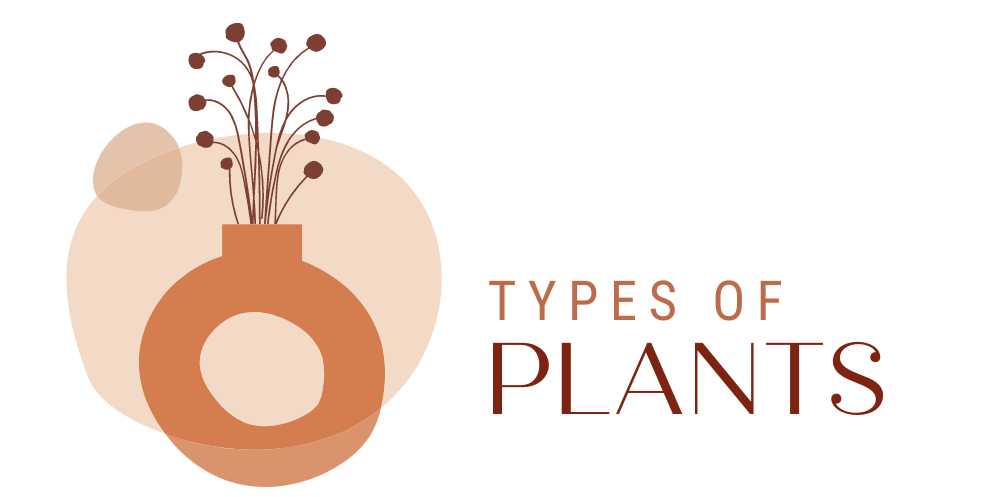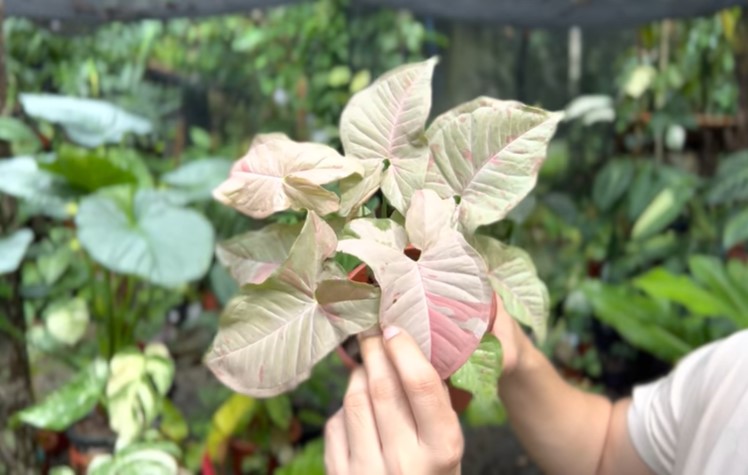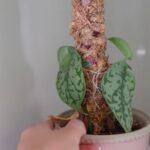Wishing to add a new plant to your home garden? Then you may want to consider growing lovely Syngonium plants. Syngonium is a great trailing indoor plant that looks beautiful with its arrow-shaped leaves, making them an excellent addition to your garden. This is the reason why today, we’ll be telling all about different Syngonium varieties to grow at home.
Syngonium is an easy-to-grow plant for your rooms. It does well in the shade, and the best part is it looks fabulous all year round. Arrowhead vines are also cherished for their heart to arrowhead-shaped foliage that changes their shape and color with age.
Syngonium plants are relatively easy, low-maintenance plants, perfect to grow at home, but things may seem challenging when you are new to the Syngonium varieties. However, we’ll start with the basics, how to care for your plant, as well as some of the best Syngonium varieties to grow at home.
Syngonium Varieties FAQ’s
Is it hard to grow Syngonium plants?
They are grown in pots and used in rooms and conservatories as imperious or ground cover plants. It is ideal for vertical landscaping of terraces and balconies. Syngonium loves humid air, so when making a flower arrangement, group several plants together by placing them on a shallow pebble tray, in which the water will reach the bottom of the pot.
How many types of Syngonium are there?
Syngonium species are native to tropical America, where they are found from Mexico to Brazil. The center of diversity of the genus is in Costa Rica and Panama, where there are a total of 16 species (13 in Costa Rica and 11 in Panama).
What is the most common Syngonium?
Syngonium podophyllum is the most common form of Syngonium, found throughout Mexico, Panama, and Costa Rica. Its common names include goosefoot or arrowhead vine, both being references to the leaf shapes of some of the popular varieties in their juvenile form.
What is the difference between caladium and Syngonium?
The primary care guide difference between Caladiums and Syngoniums is that Caladiums are grown from tubers, whereas Syngoniums are grown from adventitious roots. As Caladiums are tubers (new growth comes from a tube as opposed to a node on a vine), Caladiums do not grow to be very tall.
Can Syngonium grow in water?
Just like lucky bamboo, Growing Arrowhead Plant in Water is possible easily! You can keep it in decorative vases and jars forever. Syngonium is a remarkable houseplant with beautiful arrow-shaped green leaves and soft stems. This low-maintenance plant can also be grown successfully without soil.
Are Nephthytis and Syngonium the same?
The Syngonium podophyllum, also known as Nephthytis or Arrowhead plant, is a hardy houseplant that brings a bit of greenery to your interior decor without requiring too much maintenance.
How long does Syngonium take to grow?
Plant in moist soil or put the stem directly in water. New roots will appear within 1-2 weeks and new leaves after about four weeks.
How to care for Syngonium varieties at home?
- Accommodation: When caring for a plant, remember that Syngonium does not tolerate sudden changes in temperature and drafts, so it is better to grow it in a terrarium or aquarium.
- Humidity. Increased. The warmer, the more moisture Syngonium needs. This can be achieved by spraying lukewarm water at room temperature once a week.
- Substrate: The substrate is prepared from leafy soil, humus, peat, and sand (1: 1: 1: 1).
- Watering. When caring for the Syngonium at home in spring and summer, abundant watering with water at room temperature is required. However, excessive accumulation of moisture can lead to the death of the plant.
- Food. Topdressing with full mineral fertilizer throughout the growing season. In summer, every two weeks, a general mineral fertilizer for indoor plants.
- Breeding. Apical cuttings propagate the plant with aerial roots. They are planted in a greenhouse and grown at high temperatures and humidity. Cuttings root directly in the water.
- Main pests: Pests that infect this plant are aphids and scale insects. In addition, too dry air can cause yellowing and leaf fall.
Syngonium Growing Tips:
- Syngonium is quite hardy and not fastidious about soil. It can be grown in regular soil also.
- A coarse sand and leaf mold mixture is a traditional potting medium for Syngonium. Nowadays,
Coco-peat with plenty of vermicomposts is used as a potting mixture for growing these plants. - Syngonium likes a hot and humid climate. Occasionally mist the plant with a hand sprayer in dry conditions.
- Keep the plant in the sun now and then to maintain the color of foliage.
- Syngonium needs moderate light watering. Indoor Syngonium can be watered twice a week.
- Apply cow dung manure or vermicompost every month for healthy foliage.
- Syngonium that is grown in indoor pots can be allowed to climb on moss sticks.
Syngonium Varieties
- Holly: This stunning variety displays white leaves with a few green edges and veins. It stays compact and dense.
- Bold Allusion: ‘Julia Allusion’ is a compact variety and has light green foliage with leaves embellished in coppery pink and creamy hues.
- Painted Arrow: This pretty variety offers bright green leaves with light green or creamy-white variegation. Grow it with other types for the best display!
- Trileaf Wonder: ‘Trileaf Wonder’ displays slim green leaves patterned in silver-gray veins. It is a fast grower and spreads rapidly.
- Pink Allusion: ‘Pink Allusion’ is a compact variety showcasing light green to pink leaves with dark green margins, accentuated in pink veins.
- Green Gold: ‘Green Gold’ looks great as a trailing plant with yellow leaves and dark green margins. Do regular pruning to keep the growth in check.
- Albovirens: The plant features cream or silver shades on the foliage, while some leaves have green margins over cream or white backgrounds.
- Cream Allusion: Syngonium podophyllum ‘Cream Allusion’ is a compact variety with medium-sized leaves in creamy green shade infused in a pink hue. If you love bushy plants, this is it.
- Five Fingers: Syngonium auritum. It features a beautiful solid green leaf with 2, 4, 5, or 6 lobes. This variety resembles its cousin S. podophyllum and displays a long, cylindroid spathe tube.
- Erythrophyllum: Syngonium Erythroxylum. This slow-growing Syngonium offers slim stems in the young phase, which thickens with time. The plant has beautiful, dark-hued leaves that look great in hanging baskets.
Indoor Syngonium Varieties
JM BAMBOO Strawberry Syngonium -Nephthytis Arrowhead
The arrowhead vine is a pretty trailing or climbing vine that grows quickly under the right conditions. Native to a vast region of South America, it has become a popular houseplant, thanks to its easy-going nature and appealing hanging shape.
Arrowhead vine likes bright light but no direct sun. Diffused light is best, as harsh rays can burn or bleach the delicate leaves and vines. Water your arrowhead vine regularly during the spring and summer months, and reduce your watering cadence come winter.
You want to allow your vine to dry out partially between waterings but never completely during the spring and summer.
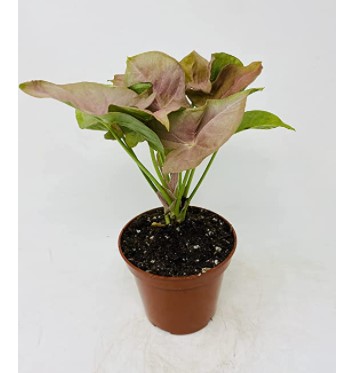
Features:
- Winter, Spring to Summer
- Bright indirect sunlight
Syngonium’ Strawberry’
Botanical Name: Syngonium podophyllum Common Names: Goosefoot Plant, nephthytis, elephant ear plants.
This is an evergreen perennial native to Central and South America. This plant grows large, thin, heart-shaped leaves that come in a variety of vibrant colors.
This particular variety is a bright pinkish-red with a green underside; the color difference can form a gradient on the leaves.
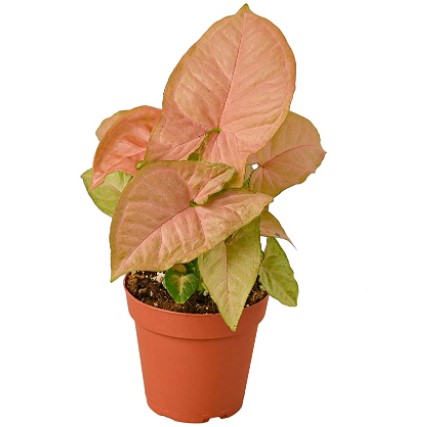
Features:
- Indoor plant
Pink Syngonium Podophyllum Arrow Head Plant
Pink Syngonium is an easy plant to take care of. Keep it pruned unless you want its meandering climbing ways; give it a moss pole or similar to climb. Keep away from pets and children.
It offers attractive leaves, also considered an air purifier. It needs bright, indirect light. Well-draining soil.
Water it thoroughly and let it drain. Dry between waterings. The leaves like humidity and warm temps. There is no need to re-pot until the pot is complete or you see no new growth. Up-pot in spring.
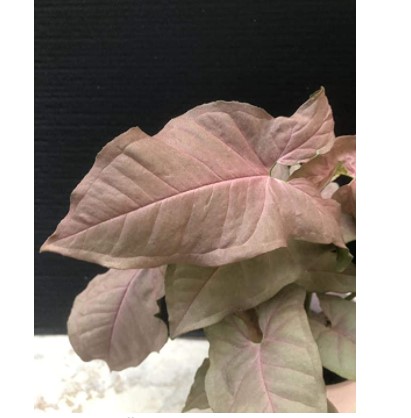
Features:
- Spring
- Indirect light
- Well-draining soil
White Butterfly Arrowhead Plant – Syngonium
White Butterfly Arrowhead Plant or ‘Nephthytis’ (Syngonium podophyllum) native of Mexico and Central America preferentially growing in moist to wet forests.
Arrowhead plant is a popular houseplant, and rightly so, it is a reliable species that, with a little care, always looks good. Just provide bright indirect light and keep it evenly moist. Great houseplants.
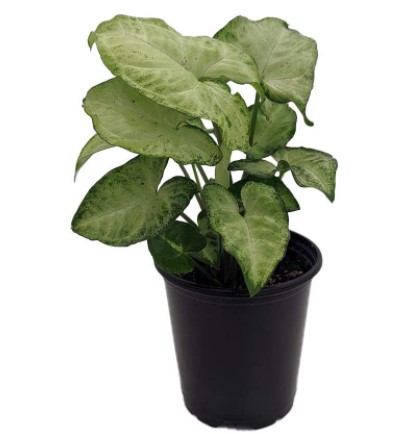
Features:
- Easy to grow houseplant
- Provide indirect or artificial light
- Keep evenly moist
Decorative Syngonium
This is a “fresh air” plant and comes with the summary NASA data sheet showing the air filtering properties of this fast-growing and highly robust plant.
Efficiency in air filtering has been shown to be most affected by the size and location of the plants in the home.
This Syngonium is ideal because it grows easily into a large luxurious houseplant. This is, in our opinion, a real winner. Not just a good grower, a very fine example of an ornamental Syngonium.
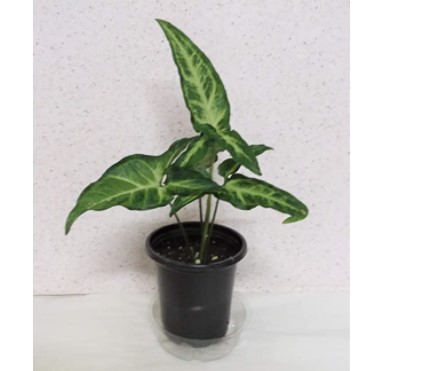
Features:
- Fast-growing
- Fresh air plant
Interesting in knowing about other plant varieties; if that is the case, check out all the different Scindapsus Varieties.
